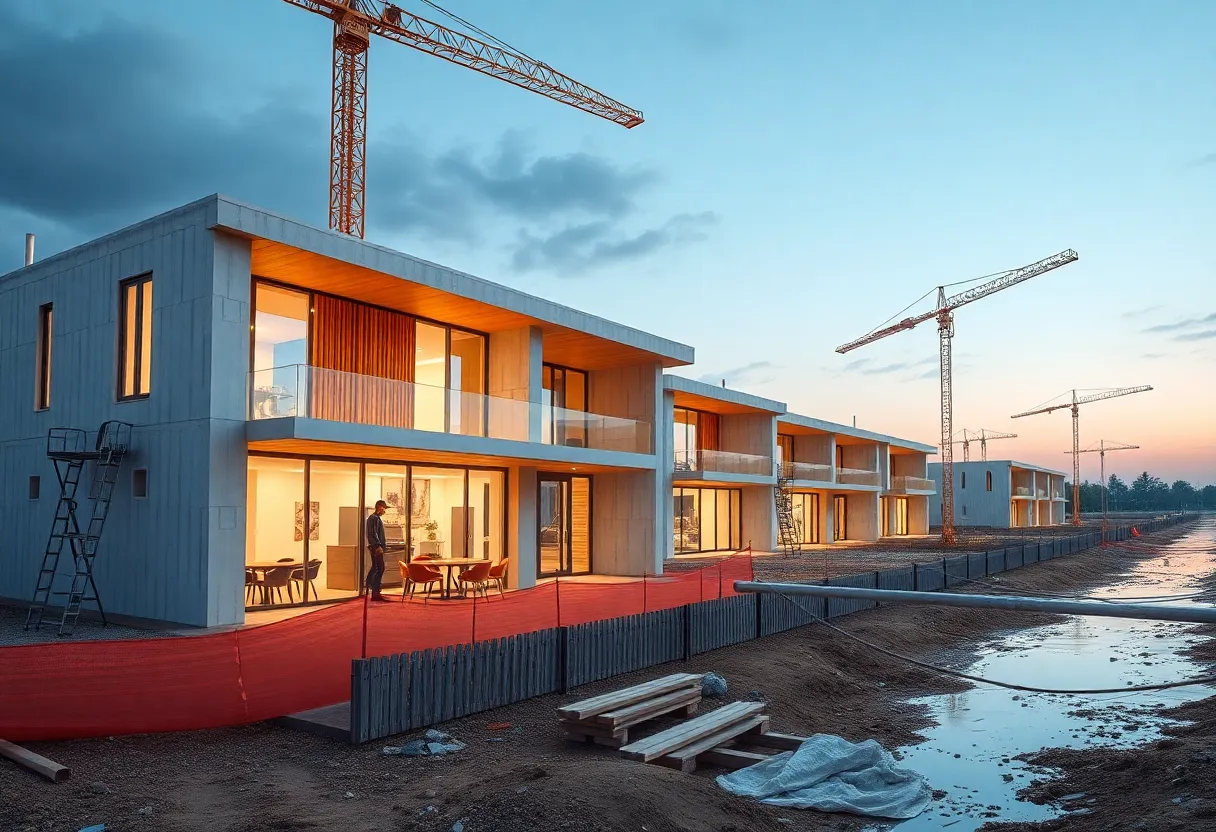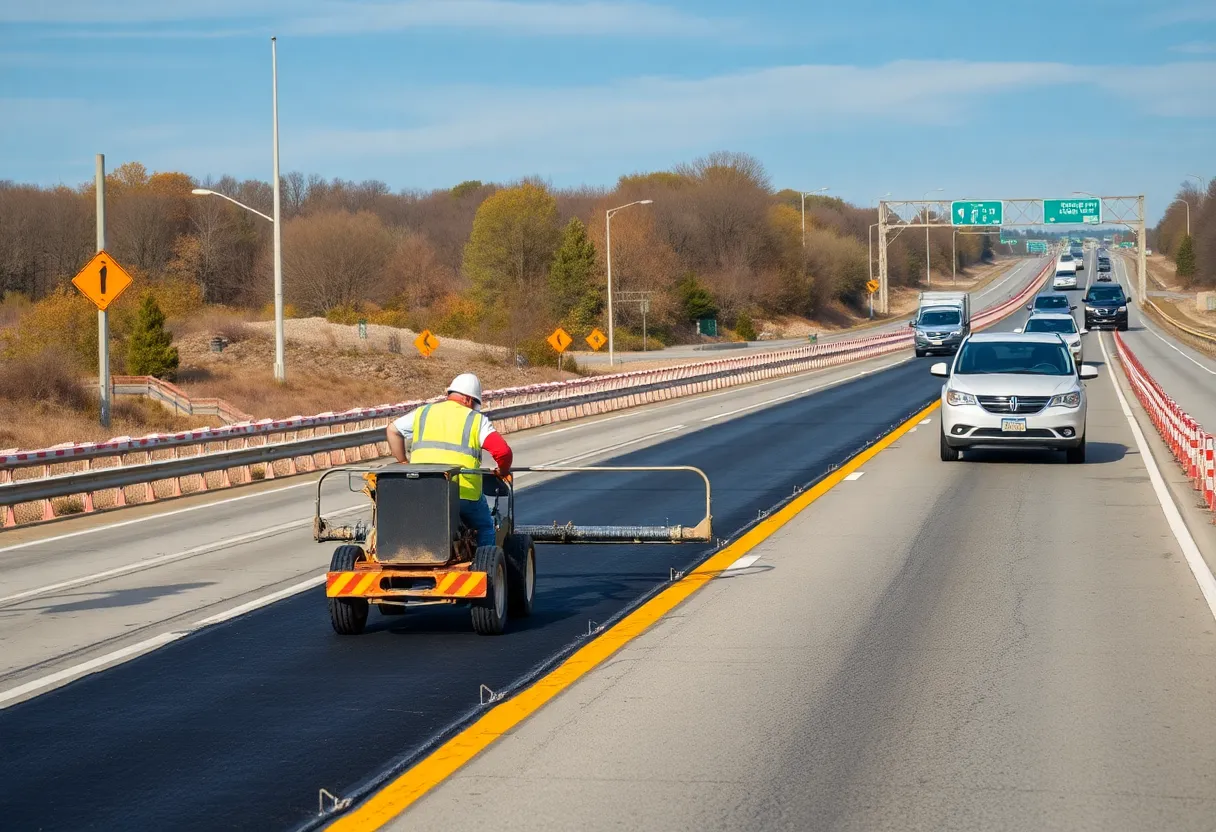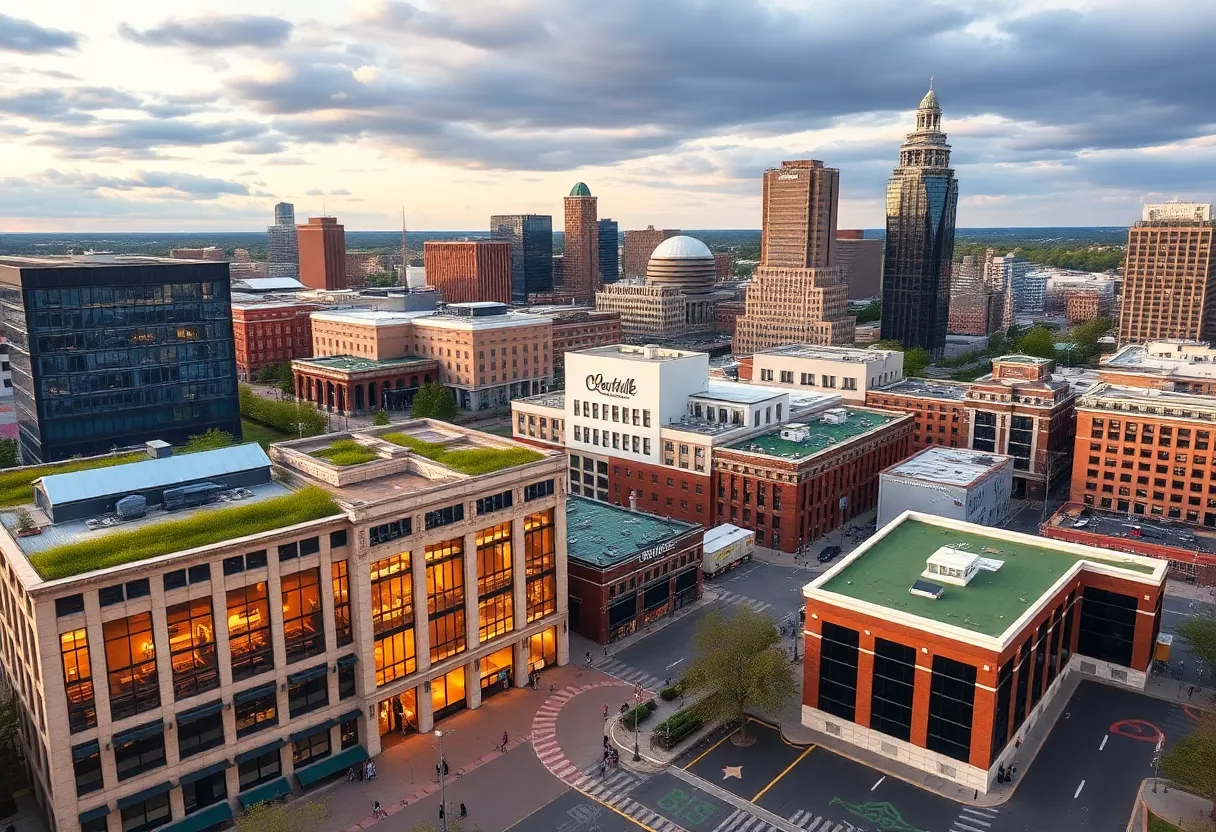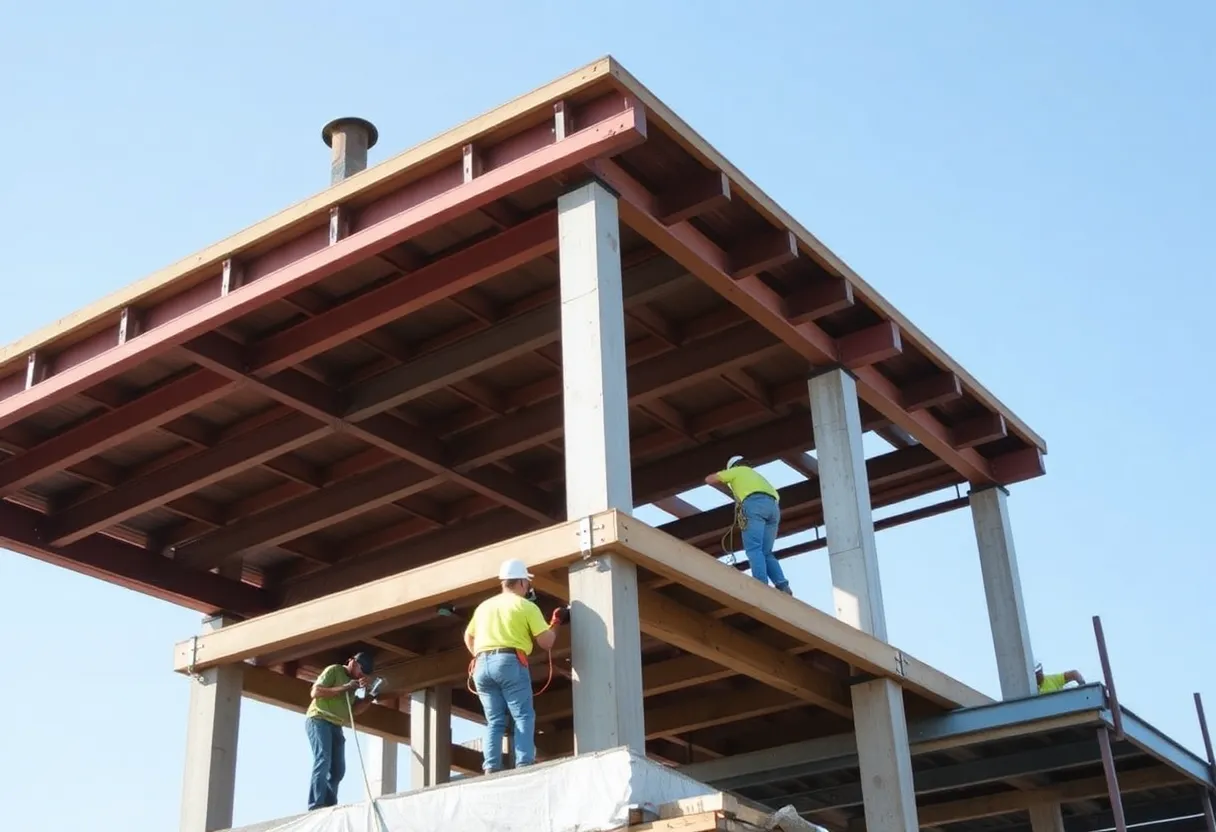News Summary
Artificial intelligence and open access to building codes are transforming climate-resilient construction in the U.S. By enabling architects to design flood-resistant structures, especially in vulnerable areas, these technologies are crucial for adapting to extreme weather events. Partnerships between tech firms and construction companies are further promoting sustainable materials and practices. Despite challenges such as accessibility for smaller contractors, innovations like cloud-based platforms are paving the way for broader adoption, backed by federal incentives to reduce carbon emissions in buildings significantly.
Nationwide: AI and Open Access to Building Codes Drive Climate-Resilient Construction
In the United States, artificial intelligence and open access to building codes are emerging as critical tools for advancing climate-resilient construction amid rising extreme weather events. This development, highlighted in recent reports, underscores the role of AI-driven designs in creating structures that withstand floods and other hazards, particularly in vulnerable coastal regions.
Architects across the country are increasingly using artificial intelligence to develop flood-resistant homes, with a focus on areas like Florida that face frequent threats from sea-level rise. These AI technologies integrate data-driven models to predict and mitigate the impacts of environmental changes, drawing from open-source building codes provided by organizations such as the International Code Council. This approach allows for more efficient and adaptive designs, helping to build homes that are better equipped to handle climate challenges.
Supporting these efforts are partnerships between technology firms and major construction companies, which are promoting the use of sustainable materials to enhance building durability. For instance, in regions recovering from past disasters, such as New Orleans following Hurricane Katrina, the adoption of AI has reportedly reduced vulnerability by 40 percent. This improvement demonstrates how AI can lead to stronger, more resilient infrastructure on a broader scale.
While these advancements offer significant benefits, challenges persist, including accessibility barriers for smaller contractors. Some reports note that not all firms can easily adopt these technologies due to resource limitations. However, the development of cloud-based platforms is addressing these issues, promising greater inclusivity and enabling more widespread use of AI in construction projects.
Recent federal initiatives, as of October 13, are further incentivizing the integration of artificial intelligence through grants aimed at reducing embodied carbon in buildings by 50 percent over the next decade. These measures are part of a larger push to make construction practices more sustainable and environmentally friendly across the nation.
In the background, the push for climate-resilient construction gained momentum with a report published on October 11, which emphasized the importance of open-source codes and data-driven models. By making building codes freely available, organizations like the International Code Council are facilitating seamless integration of predictive tools, allowing builders to forecast risks such as sea-level rise more accurately. This shift is particularly vital as extreme weather events become more frequent, highlighting the need for innovative solutions in the construction industry.
The use of AI in construction is not only about immediate resilience but also about long-term sustainability. Partnerships between tech firms and construction giants are focusing on materials that minimize environmental impact, aligning with national goals to combat climate change. These collaborations are helping to bridge the gap between technology and traditional building practices, fostering a more adaptive industry overall.
Despite the progress, ongoing discussions around accessibility remind stakeholders of the need for equitable adoption. Cloud-based platforms are emerging as a key solution, offering affordable ways for smaller contractors to access advanced tools. This evolution could democratize AI usage, ensuring that even less-resourced firms can contribute to building safer communities.
Overall, the integration of artificial intelligence and open access resources represents a pivotal step forward for the U.S. construction sector, with federal support accelerating these efforts to create a more resilient future.
FAQ Section
Frequently Asked Questions
- Q1: What are the key elements for climate-resilient construction in the US?
A1: Artificial intelligence and open access to building codes are pivotal for climate-resilient construction in the US. - Q2: How is AI being used in specific areas?
A2: Architects are leveraging AI to design flood-resistant homes in coastal areas like Florida. - Q3: What role do open-source codes play?
A3: Open-source codes from organizations such as the ICC allow seamless integration of data-driven models, predicting impacts of sea-level rise. - Q4: What has been the impact in New Orleans?
A4: In New Orleans post-Hurricane Katrina rebuilds, AI has reduced vulnerability by 40%. - Q5: Are there any challenges mentioned?
A5: Critics argue accessibility barriers persist for smaller contractors, but advancements like cloud-based platforms promise inclusivity. - Q6: What recent incentives are in place?
A6: By today’s date, October 13, federal grants are incentivizing AI adoption, aiming to cut embodied carbon in buildings by 50% over the next decade.
Key Features Chart
| Feature | Description | Benefit |
|---|---|---|
| AI in Design | Leveraging AI to design flood-resistant homes | Enhances resilience in coastal areas like Florida |
| Open-Source Codes | Seamless integration of data-driven models | Predicts impacts of sea-level rise |
| Partnerships | Collaborations for sustainable materials | Reduces environmental impact nationwide |
| Vulnerability Reduction | AI application in post-disaster rebuilds | Reduced vulnerability by 40% in New Orleans |
| Federal Incentives | Grants for AI adoption | Aims to cut embodied carbon by 50% over the next decade |
Deeper Dive: News & Info About This Topic
Construction FL Resources
Orlando Launches $75 Million Eco-Friendly Industrial Park
Bollinger Shipyards Selected to Build Coast Guard Arctic Cutters
Revival of Nuclear Energy Construction in the U.S.
Charleston Port Enlargement Project Begins
Comfort Systems USA Expands into Modular Construction
Hillsborough County Launches Major Water Pipeline Project
Nashville Smart Grid Project Nears Completion
Orlando Highway Interchange Completion Boosts Connectivity
Tampa Approves Smart City District Development
Birmingham, Alabama, Breaks Ground on Affordable Housing Project
Author: Construction FL News
The FLORIDA STAFF WRITER represents the experienced team at constructionflnews.com, your go-to source for actionable local news and information in Florida and beyond. Specializing in "news you can use," we cover essential topics like product reviews for personal and business needs, local business directories, politics, real estate trends, neighborhood insights, and state news affecting the area—with deep expertise drawn from years of dedicated reporting and strong community input, including local press releases and business updates. We deliver top reporting on high-value events such as the Florida Build Expo, major infrastructure projects, and advancements in construction technology showcases. Our coverage extends to key organizations like the Associated Builders and Contractors of Florida and the Florida Home Builders Association, plus leading businesses in construction and legal services that power the local economy such as CMiC Global and Shutts & Bowen LLP. As part of the broader network, including constructioncanews.com, constructionnynews.com, and constructiontxnews.com, we provide comprehensive, credible insights into the dynamic construction landscape across multiple states.





